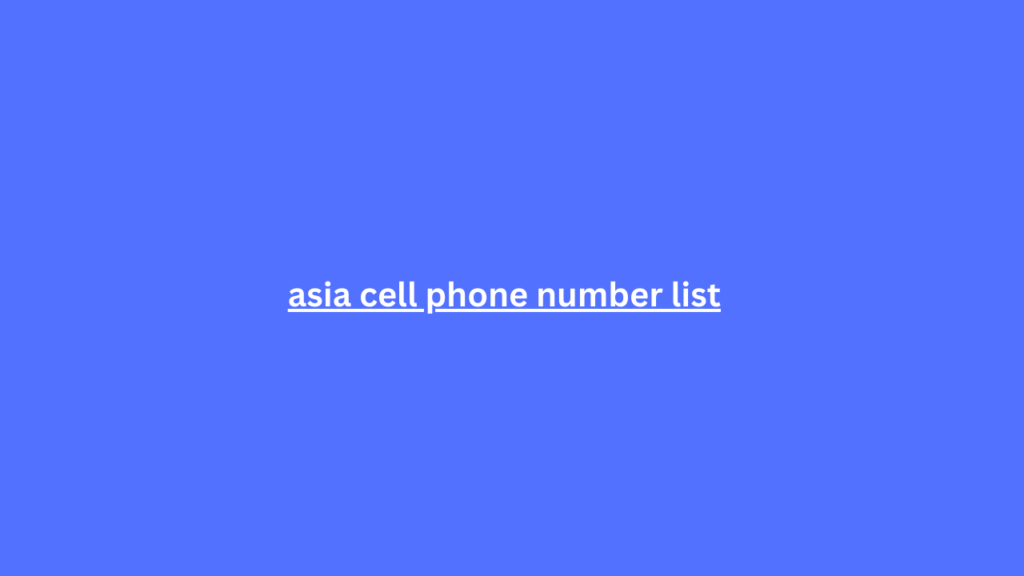Segmentation by user stage in the sales funnel . Some key questions in this regard. Is this person's first visit to our website? Is this a lead who is talking to our sales team? Has this person been a asia cell phone number list customer for some time? On many occasions it makes sense to communicate different messages depending on the relationship that this visitor has with our brand. Addressing a stranger is not the same as addressing a customer with whom we have been working for five years.
Country segmentation . This is where the example we gave at the beginning of this article would fit in: a company that plans a presentation event in Madrid and wants to show a call to action exclusively for visitors from Spain, so that users from other countries do not see it when they enter its website. Even if there is no information about the visitor in the company's database, it is possible to establish their country of origin.

If we focus only on the IP address, the problem is that this data is often inaccurate or can be misleading. That is why some tools that allow contextual marketing evaluate various data to improve accuracy, in addition to the IP address. If they match, a preferred country is established, but if there are discrepancies, the smart content is not shown and the default version is displayed.
Segmentation by device type . The browsing experience on a computer, tablet or smartphone is different, and this is something that can also be taken into account in contextual marketing. Consider showing a shorter form, more simplified content or a map with your business address only to people visiting from a mobile device.
